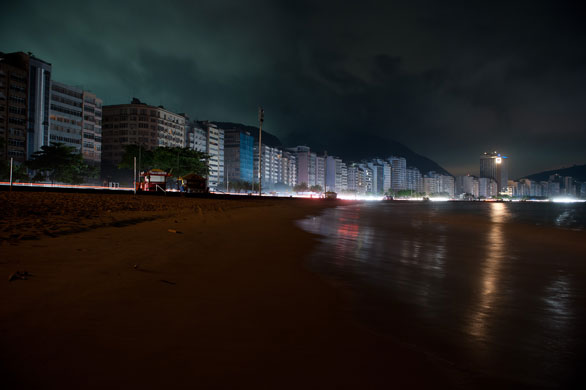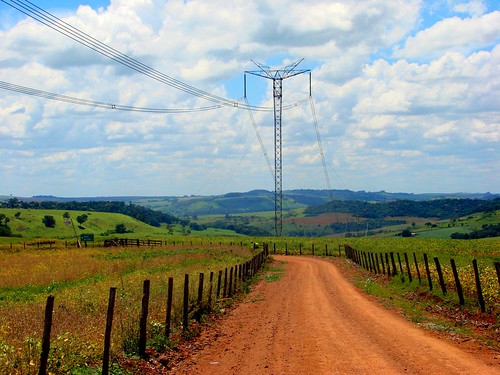The definition of Wireless Power Transmission (WPT) is: efficient transmission of electric power from one point to another trough vacuum or an atmosphere without the use of wire or any other substance. This can be used for applications where either an instantaneous amount or a continuous delivery of energy is needed, but where conventional wires are unaffordable, inconvenient, expensive, hazardous, unwanted or impossible. The power can be transmitted using microwaves, millimeter waves or lasers
WPT is a technology that can transport power to locations, which are otherwise not possible or impractical to reach.
Maxwell's theory of electromagnetism, published in 1865 mentions electromagnetic waves moving at the speed of light, and the conclusion that light itself was just such a wave. In 1886 Hertz performed a successful experiment with pulsed wireless energy transfer. He produced an apparatus that produced and detected microwaves in the UHF region. Also Tesla did experiments in the field of pulsed wireless energy transfer in 1899. Tesla's Magnifying Transmitter, an early type of Tesla Coil that measured 16 meters in diameter, could transmit tens of thousands of watts without wires.
Tesla supposedly managed to light 200 lamps, without wires, from 40 kilometers away. No documentation from Tesla's own records has been published validating that this actually happened. In 1897, he filed his first patents dealing with Wardenclyffe tower. This aerial tower was ment to be a pilot plant for his “World Wireless System” to broadcast energy around the globe. The core facility was never fully operational and was not completed due to economic problems.
The Raytheon Company did the first successful WPT experiment in 1963.
In this experiment energy was transmitted with a DC-to-DC efficiency of
13%. This company also demonstrated a microwave-powered helicopter in 1964. The Jet propulsion lab of NASA carried out an experiment and demonstrated the transfer of 30 kW over a distance of 1 mile in 1975.
They used an antenna array erected at the Goldstone facility. This test demonstrated the possibilities of wireless power outside the laboratory.
Rockwell International and David Sarnoff Laboratory operated in 1991 a microwave powered rover at 5.86 GHz. Three kilowatts of power was transmitted and 500 watts was received.
This paper provides an overview of the technologies, possibilities and uses of wireless power transmission. An overall view of the past present and possible transmission systems are presented. In this paper also the different systems; economical, ecological and social aspects are discussed. The paper focuses on wireless power transmission systems with microwaves in the power range of about 100 W to 100 kW. WPT systems using optical technologies (laser) are not discussed.















.jpg)







